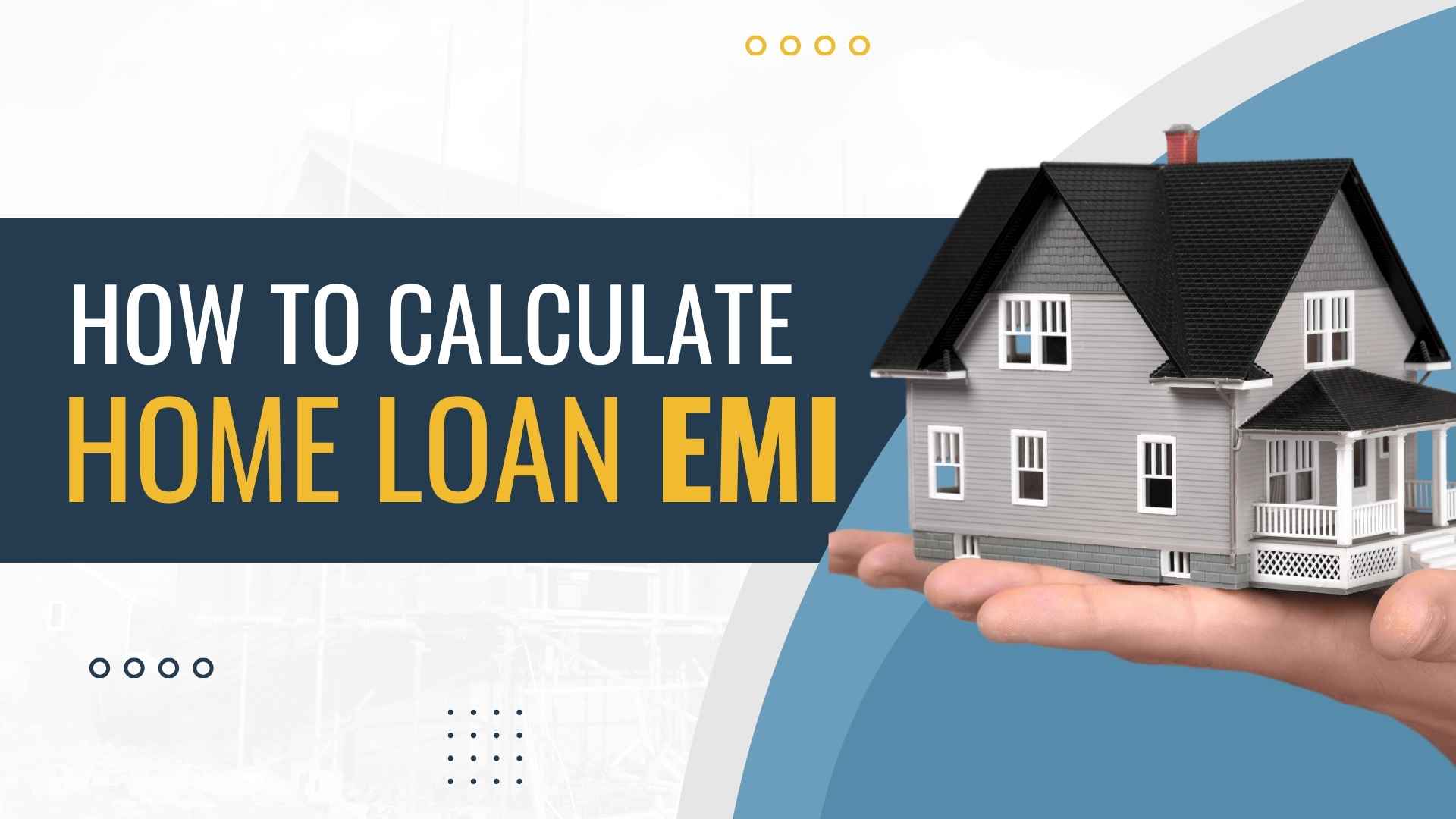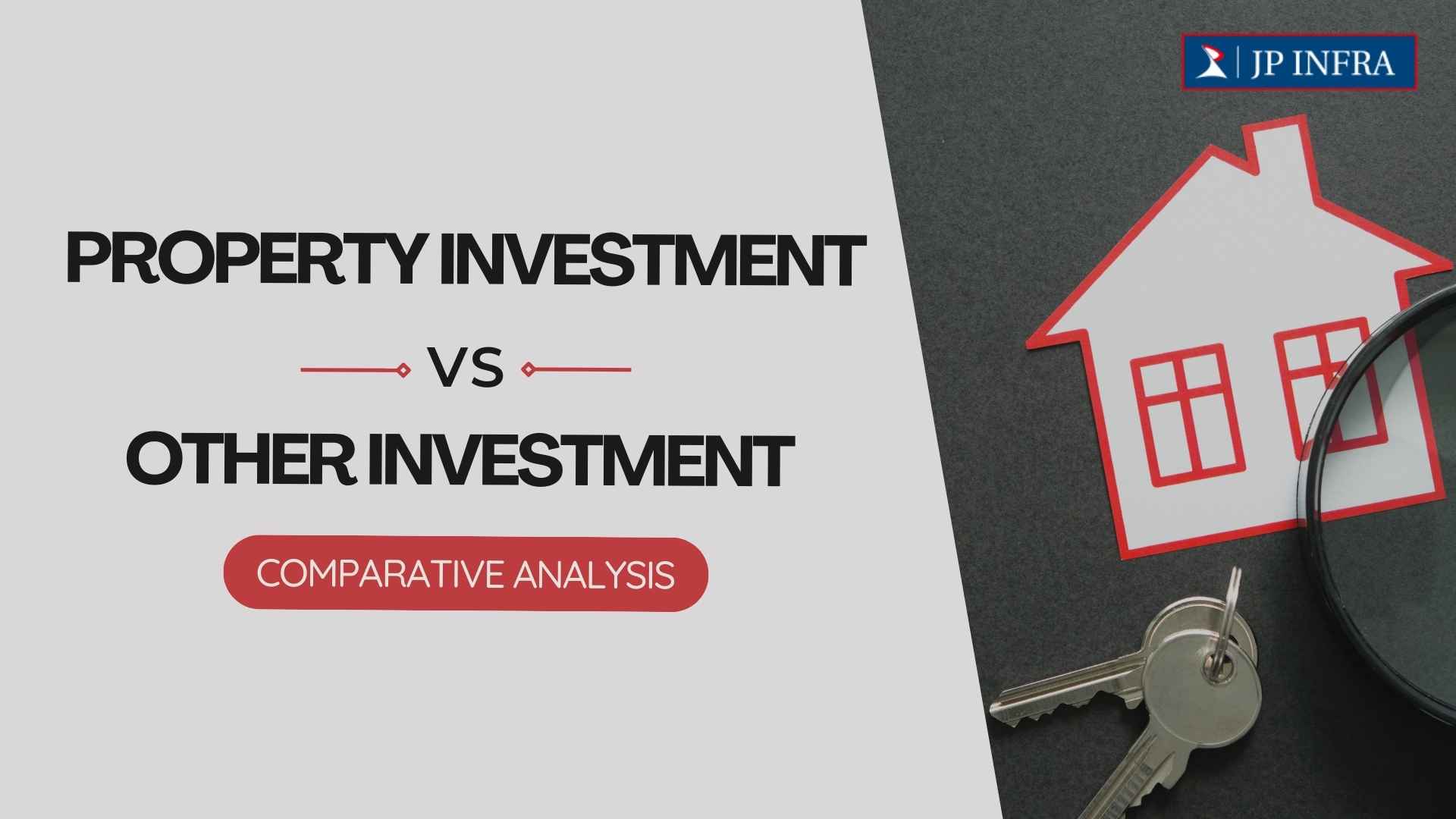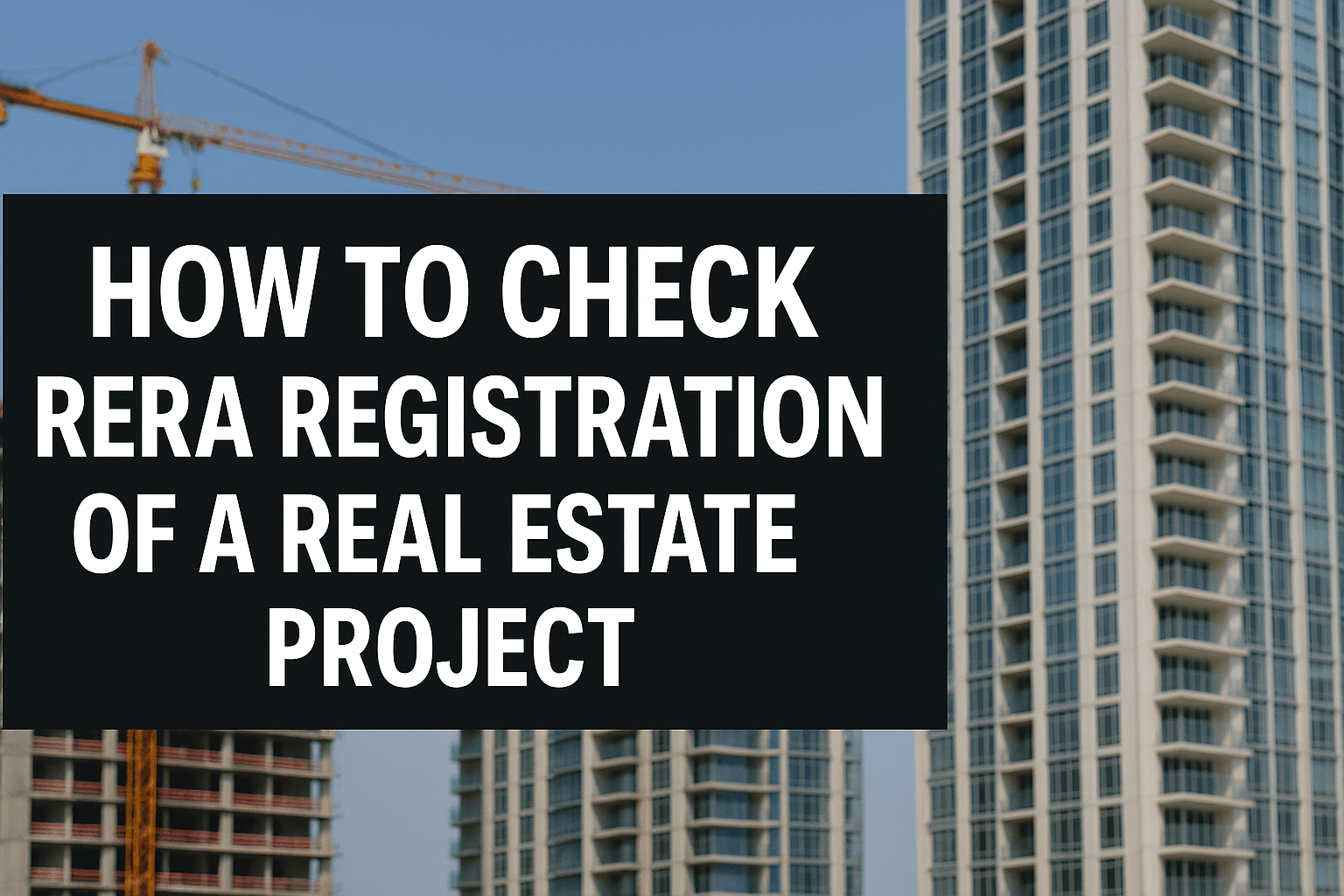Investing in real estate is a big decision—and making sure your chosen project is RERA-registered can save you from future legal and financial troubles. Here’s a simple, step-by-step guide on how to check if a project is registered under RERA (Real Estate Regulatory Authority) and why it matters.
✅ What Is RERA and Why Does It Matter?
The Real Estate (Regulation and Development) Act, 2016, also known as RERA, was introduced to promote transparency, accountability, and efficiency in the real estate industry. Every real estate project and builder must register with RERA before advertising or selling.
Verifying a project’s RERA registration number ensures that:
- All approvals are in place
- The builder is legally compliant
- Delivery timelines and construction updates are transparent
- Your investment is legally protected
🔍 How to Check RERA Registration Online
You can verify RERA details in just a few minutes by following these steps:
🖥 Step 1: Visit the Official MahaRERA Website
Go to https://maharera.mahaonline.gov.in
📋 Step 2: Click on “Registered Projects”
From the homepage, click the tab labeled “Registered Projects” to begin your search.
🔎 Step 3: Enter Project Details
You can search for the project using:
- Project name
- Builder/promoter name
- RERA registration number
- Or use filters like city, district, and project type
📝 Step 4: View Registration Information
Once the project appears, click on it to view:
- Project start and end dates
- Legal documents and layout plans
- Project updates and complaint status
This RERA project search provides full transparency before you make a purchase decision.
Also Read: Common Mistakes First-Time Homebuyers Make & How to Avoid Them
🧾 Why Verifying a Project’s RERA Number is Important
Before you finalize a deal, make sure to:
- Check the RERA number for confirmation of legal status
- Download the project’s RERA certificate and compare the carpet area
- Review timelines and delivery milestones
You can also conduct RERA builder verification to confirm the builder’s credentials and check if any complaints or violations are registered against them.
⚠️ Risks of Buying in a Non-RERA Registered Project
Avoiding this verification can lead to:
- Delayed possession without penalty
- No legal framework for refunds
- Inaccurate or exaggerated carpet area
- Lack of grievance redressal mechanism
Always conduct a proper real estate project verification through RERA before making any commitments.
💡 Pro Tip
Save the MahaRERA portal in your bookmarks. It’s your go-to platform not just for project checks but also to file complaints and track project progress updates.
📌 Final Thoughts
RERA registration isn’t just a formality—it’s your shield against fraud and misinformation. Whether you’re buying a flat, a villa, or a commercial unit, always perform a RERA project status check before signing on the dotted line.
By making RERA verification a non-negotiable part of your home-buying process, you’re choosing transparency, accountability, and peace of mind
Also Read: Lesser Known Terms in Real Estate You Need to Know
FAQ’s
What is RERA and why is it important for real estate projects?
RERA (Real Estate (Regulation and Development) Act) is a law established by the Government of India to regulate and promote the real estate sector. It ensures transparency, accountability, and efficiency in real estate transactions, and protects the interests of homebuyers.
How can I check the RERA registration of a real estate project?
You can check the RERA registration of a project by visiting the official RERA website of the state in which the project is located. The registration details are made available publicly and can be accessed by entering the project’s name or RERA registration number.
What details will I find in the RERA registration of a project?
The RERA registration details include:
- Project name and details
- Developer’s contact information
- RERA registration number
- Project approval status
- Completion date of the project
- Carpet area, amenities, and project specifications
- Any penalties or legal issues the project might be facing
What should I do if a project is not RERA registered?
If a project is not RERA registered, it could be risky to invest in it. You should avoid making any financial commitments until the project has been officially registered with RERA, as this could lead to future legal or financial complications.
What is the RERA registration number, and where can I find it?
The RERA registration number is a unique identifier assigned to every project by the respective state RERA authority. You can find this number on the project’s website, brochures, or by asking the developer directly. You can also verify it on the official state RERA portal.
Can RERA registration be canceled or revoked?
Yes, RERA registration can be canceled or revoked if the developer fails to comply with the rules and regulations set by the RERA authority, including failing to deliver the project on time or violating agreements. If a registration is canceled, the developer must refund the amounts to buyers along with compensation.
How do I verify if the developer is trustworthy?
Verifying the RERA registration is an essential first step in assessing the credibility of the developer. In addition, check the developer’s track record, past projects, customer reviews, and financial stability. A trustworthy developer will usually have several successfully completed RERA-registered projects.
What is the benefit of a RERA-registered project for buyers?
A RERA-registered project offers several benefits to buyers, such as:
- Legal assurance of project completion on time
- Transparency in project specifications and financial transactions
- Protection from unfair practices and delays
- Ability to file complaints with RERA in case of violations
Can RERA help if there is a dispute with the developer?
Yes, if there is a dispute regarding the project, buyers can approach RERA for resolution. RERA offers a platform for aggrieved buyers to file complaints against developers and seek redressal, whether it’s for project delays, poor quality of construction, or misleading information.
Is RERA registration mandatory for all real estate projects?
Yes, RERA registration is mandatory for all residential real estate projects that cover more than 500 square meters or have more than 8 apartments. Commercial projects may also need to be registered based on the state’s regulations.
Can I check the RERA status of a project outside my state?
Yes, you can check the RERA registration of any project across India as long as the project is registered with the state RERA authority. Each state has its own RERA portal, and you can easily find project details by searching the project name or registration number.


















